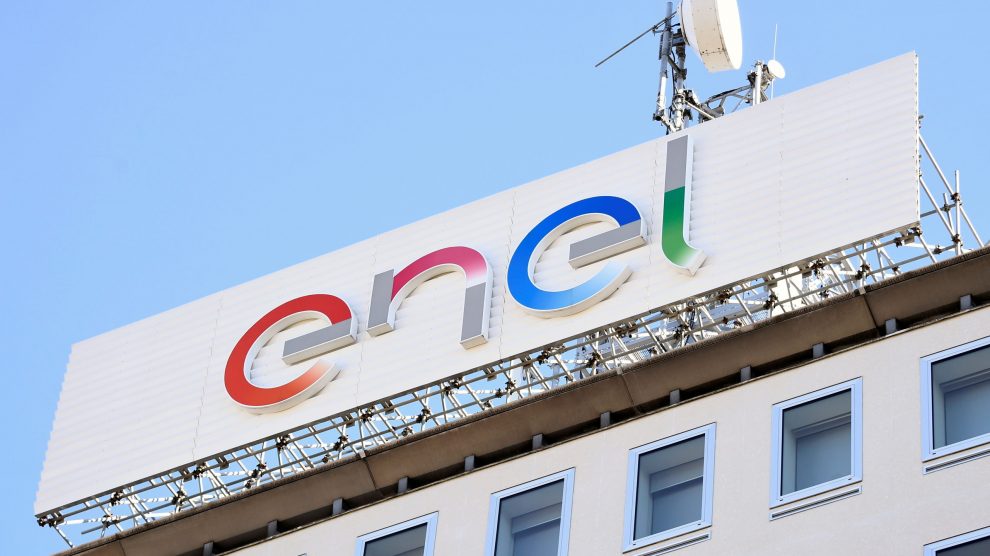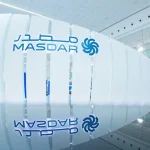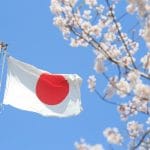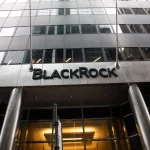Enel Works Toward a Circular Economy Journey Through Group’s Strategy, Projects and Results

Enel released online “A Journey into Enel Group Circular Economy: Strategy, projects and results”, a document reporting the Group’s current efforts, through initiatives and projects, in the field of the circular economy, which is now an integral part of its overall strategy.
“With this document, we wanted to explain the challenges, achievements and potential of the Enel Group’s circular transition as simply and clearly as possible,” said Francesco Starace, CEO of the Enel Group. “The circular economy represents a key element for the competitiveness of a company, as it allows businesses to not only free themselves from the consumption of new non-renewable resources, but also to make the most of existing goods and assets, allowing them to be reused in a sustainable way. Enel’s approach to circularity is fully integrated with our decarbonization objectives and translates into concrete actions along the entire value chain, from the initial design and procurement stages to end-of-life management and the recovery of raw materials.”
The document, covering all activities, is divided into three areas:
– New business models, which describes how models based on circular economy principles are adopted throughout the Group;
– Raw materials, which focuses on the Group’s circular and sustainable approach to raw materials, with regard not only to forecasting needs and impacts, but also to developing and adopting innovative and circular solutions, in collaboration with its entire ecosystem;
– City, which details the efforts made by the Group to define a circular city model in collaboration with companies operating in other sectors and institutions, along with the development of new solutions and projects.
See related article: Italy’s Enel to Build Solar PV Cell & Panel Factory in U.S.
Moreover, this document delves into a series of enabling actions (such as activities in the field of governance and digitalization) intended to implement a circular development model, that is, one that is not dependent on the consumption of resources, protects the environment by reducing emissions and the uncontrolled exploitation of natural resources, promotes the use of renewable resources, and helps to improve people’s quality of life while being economically competitive by innovating and redesigning the value chain.
In “A Journey into Enel Group Circular Economy”, Enel outlines the various spheres of action of its circular transition, offering practical examples of technologies and projects that the Group has undertaken, which are always driven by innovation. For instance, there is the project to convert the 3Sun photovoltaic module factory in Catania into a Gigafactory. In fact, Enel has signed a financing agreement with the European Commission for this project and is currently looking into the possibility of introducing recycled materials into the production process. Another example of innovation and circularity can be found in the project aimed at finding industrial recycling solutions for electric vehicle batteries, which was launched in Italy in collaboration with other companies as part of the IPCEI (Important Project of Common European Interest).
Enel, which celebrates its 60th anniversary this year, is a multinational power company and a leading integrated player in the global power and renewables markets.
At global level, it is the largest renewable private player, the foremost network operator by number of end users and the biggest retail operator by customer base. The Group is the worldwide demand response leader and the largest European utility by ordinary EBITDA.
Enel is present in 30 countries worldwide, producing energy with around 93 GW of total capacity.
Enel Grids, the Group’s global business line dedicated to the management of the electricity distribution service worldwide, delivers electricity through a network of around 2.3 million kilometers to approximately 76 million end users. The Group brings energy to more than 70 million homes and businesses. Enel’s renewables arm Enel Green Power has a total capacity of more than 56 GW and a generation mix that includes wind, solar, geothermal, and hydroelectric power, as well as energy storage facilities, installed in Europe, the Americas, Africa, Asia, and Oceania. Enel X Global Retail, Enel’s global advanced energy services business line, has a total capacity of around 8.2 GW of demand response managed globally and has installed 65 MW of behind-the-meter storage capacity. In addition, Enel X Way is the Group’s new company fully dedicated to electric mobility, managing nearly 430,000 public and private EV charging points worldwide, both directly and through interoperability agreements.












